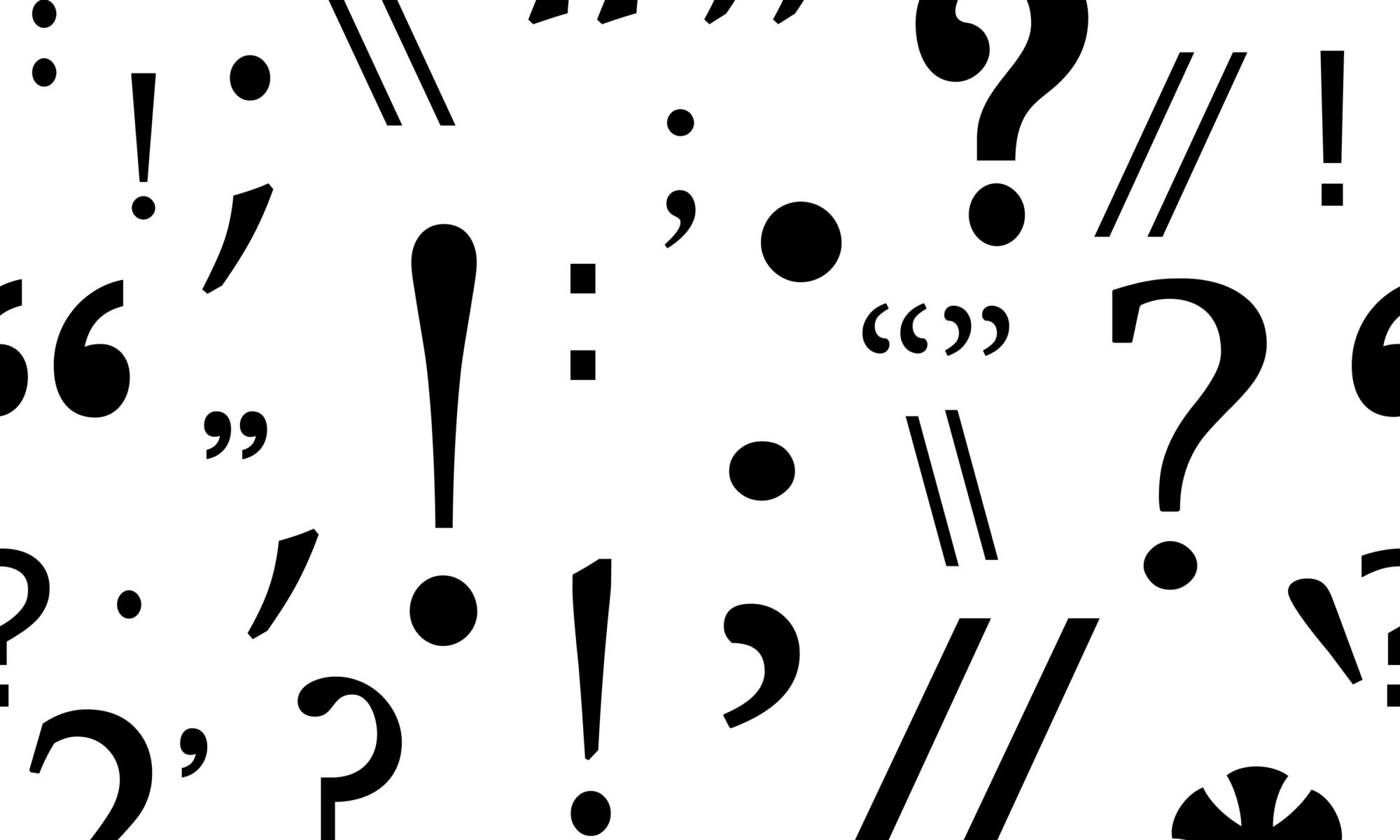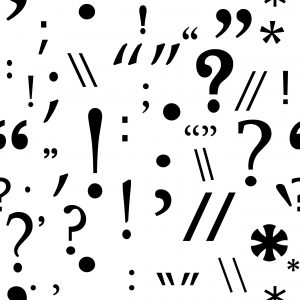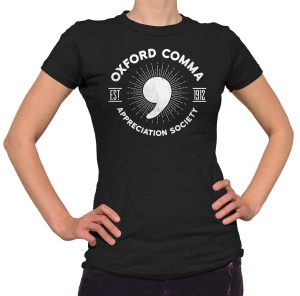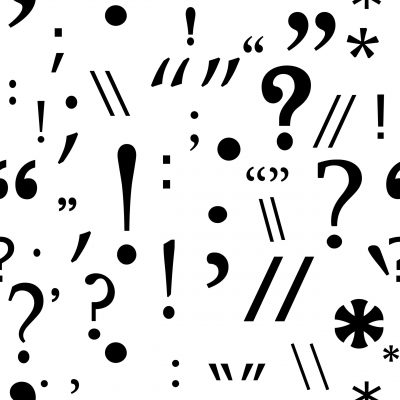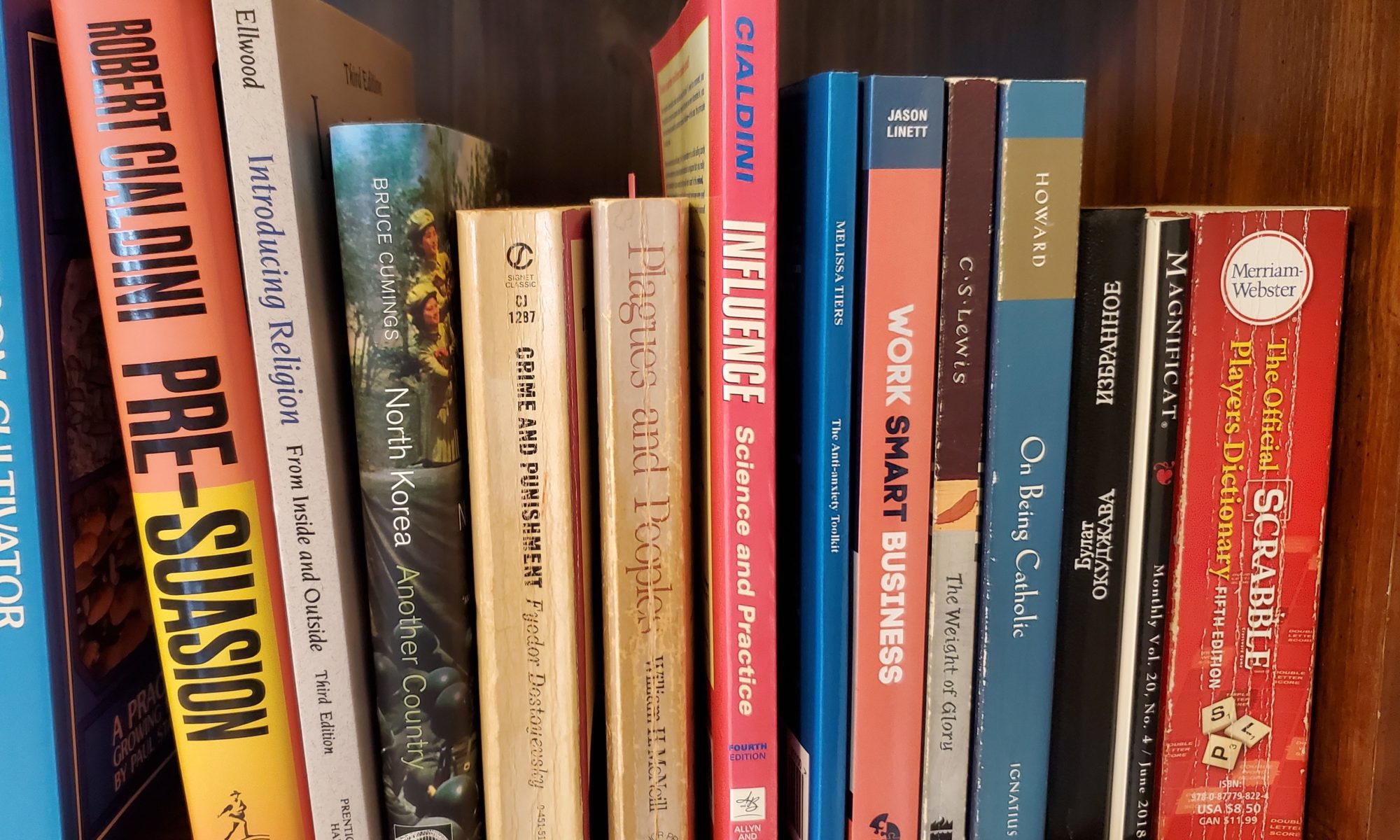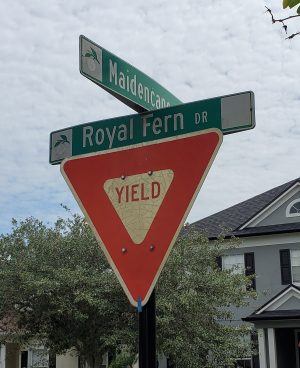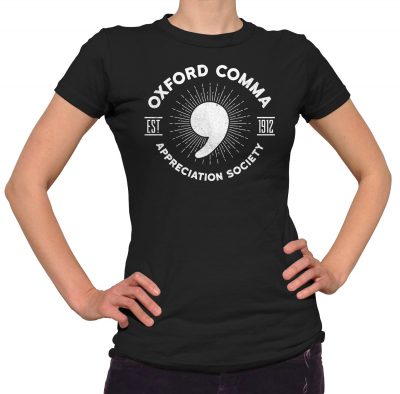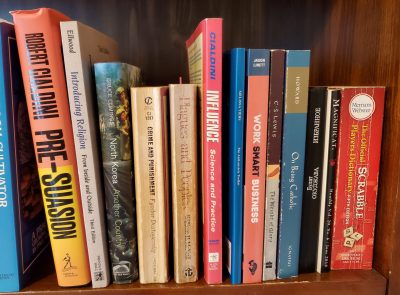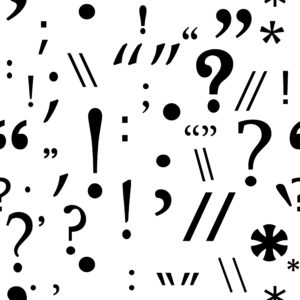
For several years my husband and I owned an elliptical machine—you know, the piece of equipment that has two large pedals that move in an oval-shaped path. I actually used it quite a bit; it was just the ticket for a good workout on days when the weather was cold or rainy (or both). And the low-impact design helped me stay in decent shape while still being kind to my aging knees.
Believe it or not, grammar has its own elliptical machine. Just like its workout equipment counterpart, elliptical construction is low-impact—it’s pretty easy to do—but it can help keep your sentences from picking up too much weight.
To show you what I mean, let’s quickly revisit our last installment, where we talked about the importance of parallel construction–that is, making grammatical structure similar:
(Not parallel) I post to my blog every two weeks, and my husband gets me to edit his blog.
(Parallel) I post to my blog every two weeks, and I edit my husband’s blog.
The first sentence is not parallel because the two clauses—the two parts—have two different subjects: I in the first, but my husband in the second. We’ve made this sentence parallel by making I the subject of both. But now it’s a bit repetitive, isn’t it? Because we have plenty of context, we can trim the repeated elements from the second part of the sentence, leaving us with:
(Parallel and elliptical) I post to my blog every two weeks and edit my husband’s.
This is elliptical construction, also known as ellipsis: leaving out the parts that can be recovered from the context. In the second half of the sentence the reader can infer the subject I and the remainder of the phrase my husband’s, which is blog.
Not all sentences where you use parallel construction will also need ellipsis, but it’s always something to consider in order to keep your writing as tight as possible. Let’s run through one more example:
(Not parallel) Anna likes Italian food, and her family agrees with her.
To make this sentence parallel, let’s make Italian food the object of both clauses:
(Parallel) Anna likes Italian food, and her family likes Italian food too.
And yes, I’m making these examples obvious so you can see how the ellipsis works. We do it so naturally that it sounds repetitive and clunky without it, doesn’t it? Anyhow, here’s the final version:
(Parallel and elliptical) Anna likes Italian food and her family does too.
When creating elliptical structure, just be sure to always double-check that you haven’t removed so much information that your sentence could be ambiguous. For example:
Sally likes John more than Bob.
Does this mean that 1, Sally likes John more than she likes Bob, or that 2, Sally likes John more than Bob likes John? If you mean 1, a good elliptical sentence would be:
Sally likes John more than she does Bob.
For option 2, it would look like this:
Sally likes John more than Bob does.
By the way, there’s one other kind of ellipsis out there—it’s the punctuation mark that consists of three periods in a row used to show the location of missing words in a direct quote, or to indicate a long pause or speech trailing off.
And finally, if you’d like to go down a grammar nerd rabbit hole, check out this article, with no fewer than six different types of elliptical construction sorted by their technical names. I had no idea there were so many. It may sound daunting, but as it turns out, we use these sorts of constructions all the time quite naturally, especially when we talk.
Please feel free to ask any questions or to share your favorite examples of elliptical construction below!


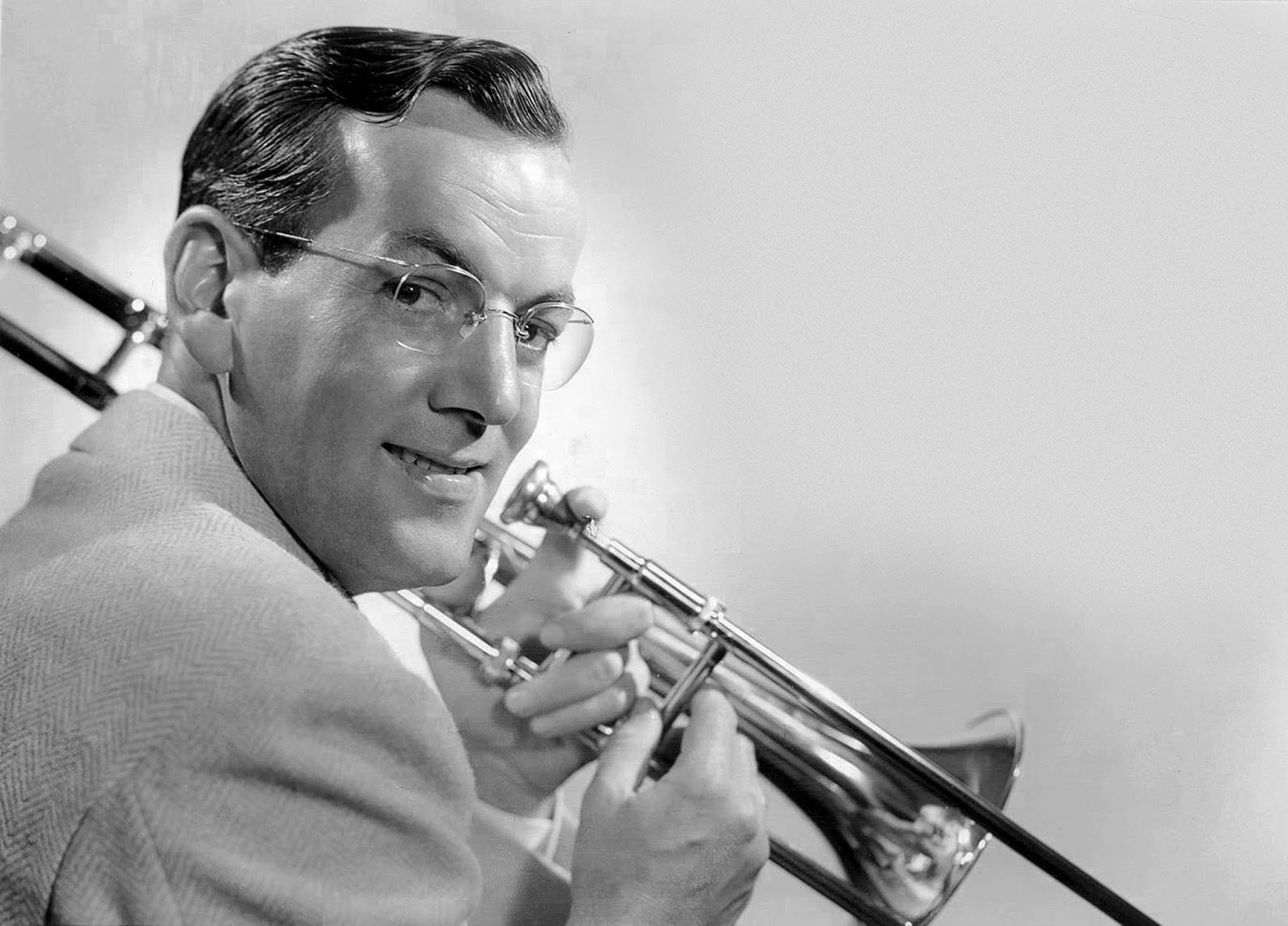
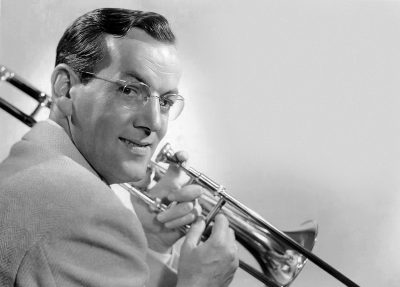
 for these verb forms. Do these examples sound natural to you? If not, what do you usually tend to say? Feel free to comment below–let’s get a discussion going!
for these verb forms. Do these examples sound natural to you? If not, what do you usually tend to say? Feel free to comment below–let’s get a discussion going!